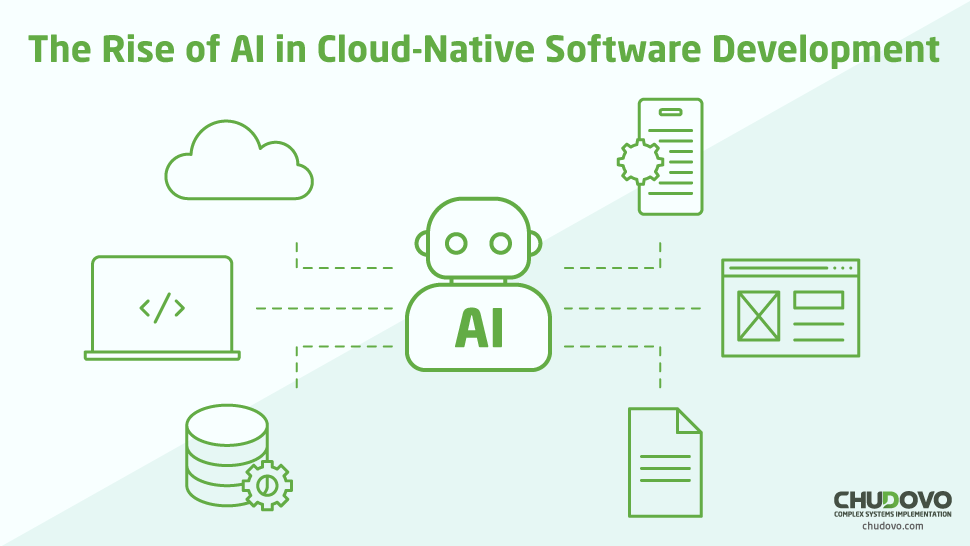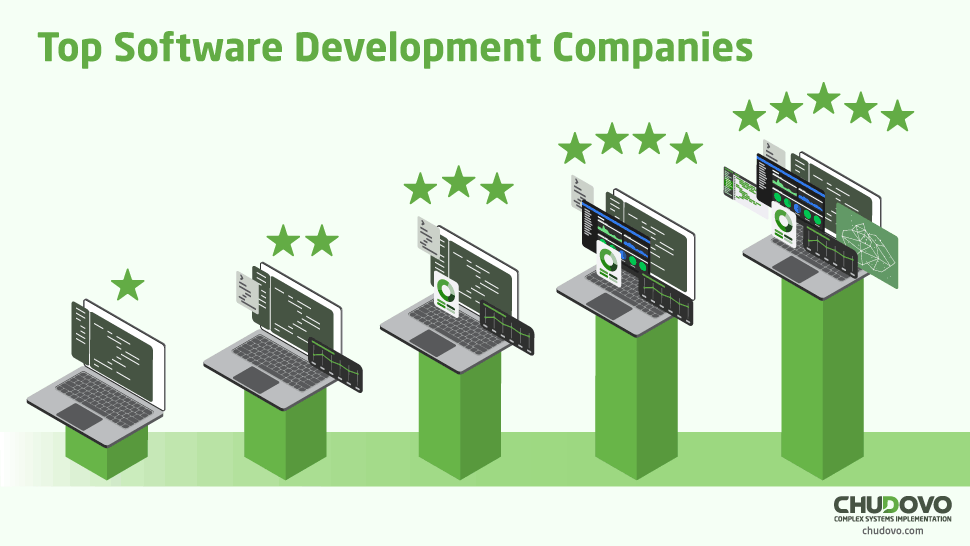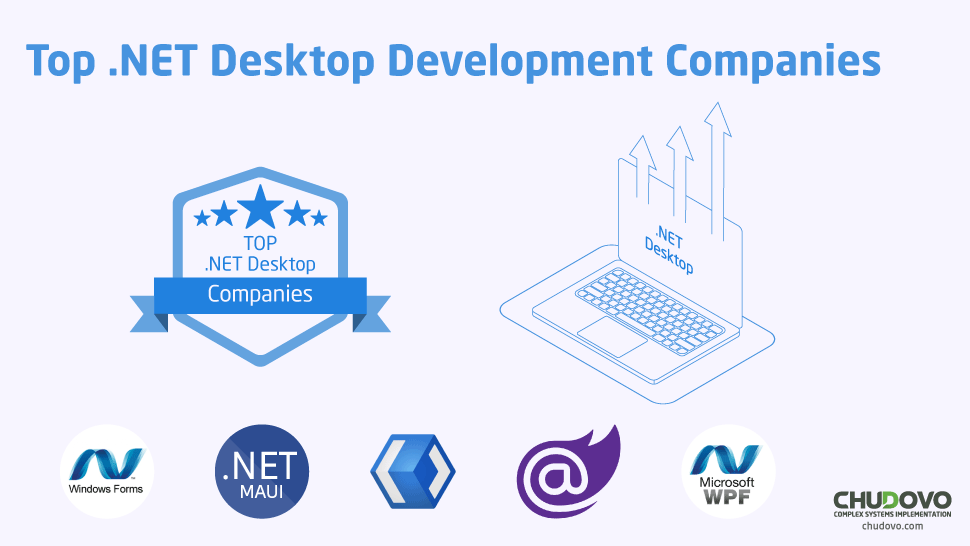Blog
This article explains Nielsen’s 10 usability heuristics based on the examples for a better user experience.
This article showcases how to create a simple .NET cloud architecture LLM to recommend products for users.
This article showcases the main principles by designing and building scalable and secure microservices architecture with .NET 9
This article represents the listing of the best software development companies including detailed overviews based on the set of selection criteria like expertise, client testimonials, range of services and other aspects.
This articles includes the list of 5 best companies that provide .NET cloud application development services.
Among the many advancements brought by the new paradigms in AI development, many of what was once thought to be basic in the programming area need to be revisited. One of such things is the near deprecation of the usage of pure SQL for the simple consultancy of data, that is, for using queries and
This article list the top 5 development companies that deliver desktop applications with .NET technologies
This article lists top 5 companies that provide WPF development services. These companies were selected based on the WPF expertise, industry expertience, WPF developer’s availability, customer testimonials, and more.
The future of companies and organizations, especially those rooted in technology or adapting to technological use and advancements, may sometimes lie in the hands of a successful IT audit. It is a known fact that a minute error or glitch in a technological system can lead to a cause or damage that can be beyond
This article includes a list of the 5 most reliable .NET development companies, taking into account companie’s experience in .NET, implemented projects, testimonials from customers, and other factors.









